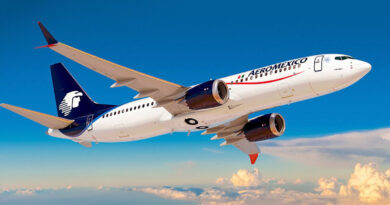Sabre sees revenue increase in Q3 despite 'slow start': Travel Weekly
Sabre reported revenue of $663 million for the three months ending Sept. 30, despite what it described as a slow start to the period because of challenges for airlines.
Revenue was up from $441 million year-over-year and up from Q2’s figure of $658 million.
The company said international air bookings remained strong into September, and that in terms of recovery, air bookings ended September at their highest point since the pandemic began.
Net loss came in at $141 million versus $241 million year-on-year, while EBITDA was $34 million, an improvement on the $55 million EBITDA loss for Q3 2021.
Revenue for the travel solutions business, which includes distribution and IT solutions, increased 55% to $604 million attributed to the increase in air and other travel bookings, as well as improved corporate travel bookings, as the industry continued to recover.
Broken out, Sabre’s distribution revenue increased 76% to $431 million, again driven by the recovery in bookings as well as an increase in average booking fee.
The global distribution giant said global bookings, net of cancellations, amounted to 80 million, which represented 57% of 2019 levels.
Revenue for the IT solutions business increased 19% to $173 million, with airline passengers boarded totaling 180 million, 96% of 2019 levels.
Meanwhile, Hospitality Solutions revenue was up 22% to $67 million, attributed to increased central reservation system transactions.
Sean Menke, chair of the board and CEO, said: “After a slow start to the quarter from this summer’s airline operational challenges, our bookings recovery improved sequentially through the quarter. September’s gross air bookings recovery was the highest of any month compared to 2019 levels since the pandemic began in mid-March 2020.
“Additionally, we are encouraged by the relaxation or removal of travel protocols in several key Asian hub countries, and have started to see travel accelerate there. We continue to see strong demand across most regions and customer segments. In addition, we continued to achieve our interim technology transformation milestones, and are already starting to see incremental savings from our migration efforts and infrastructure investments.”
Source: PhocusWire
Source: Read Full Article



